Where Bangladesh Will Be in 2041
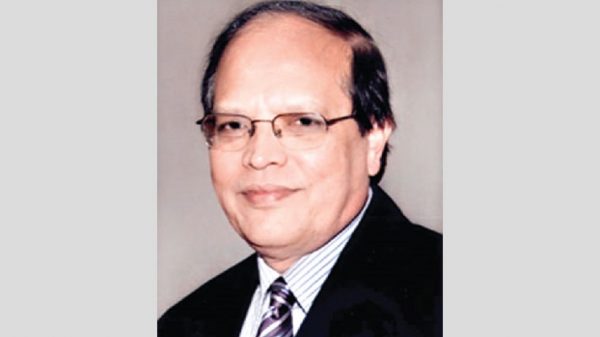
Dr. Atiur Rahman :
Bangladesh is an incredible story. This story has been coloured by significant phrases like from ‘ashes to prosperity’, ‘desolation to hope’ and ‘darkness to light.’ This mind boggling development success story of Bangladesh is still unfolding. This story is yet to be told. Its goal is to become a land of prosperity as this part of the world used to be a few centuries back. This goal was set by Bangabandhu Sheikh Mujibur Rahman, the Father of the Nation, within the framework of achieving ‘Sonar Bangla’ (the Golden Bengal). This aspiration was the core of his dream that informed his life-long struggle for a separate homeland for the Bengalis. This well chalked-out roadmap was prepared by a farsighted and transformational leader who could ‘dream more and become more’ while standing on ashes left by the war of liberation. We are, indeed, impressed to hear him saying that he was impatient to reach his newly liberated Bangladesh to transform it into a land of ‘peace, progress and prosperity’ back on January 10, 1972 when he was still in Delhi on his way back to Dhaka. This only indicates that intimately he was aware of the immense potential of his people who fought for the liberation of their country with the ‘fighting spirit’ that was imbued in them by him throughout his political struggle, particularly during March, 1971 leading to his formal declaration of independence of Bangladesh. He was confident enough to unite the whole nation for reaching his destination of ‘Sonar Bangla’ defying all the challenges of post-war reconstruction and rebuilding of a war-torn country. He could see for himself how deep was the explosion of expectations among his people who went through the heroic war of liberation. He, therefore, designed his roadmap of Bangladesh’s development contour accordingly. So, his firm commitment for an inclusive and prosperous Bangladesh was aptly reflected in the 1972 Constitution of the Republic which was prepared under his prudent guidance.
Starting with an economy of 8 billion US dollars for a country of seventy-five million people in 1972, his inspiring leadership made a turnaround of the economy focusing on simultaneous development of both agriculture and industry. He was rightly walking on two legs to reach his developmental destination. Admittedly, society without exploitation was at core of his development philosophy. This was sharply reflected in one of his early speeches in independent Bangladesh. On December 15, 1973, he said, “This independence will be meaningful to me only when the woes of the farmers, labourers, and the deprived of Bangladesh end.” These words echoed the same spirit which he articulated at the Racecourse Maidan on 10, January, 1972 on the day of his return to independent Bangladesh.
He committed himself to develop a modern state based on planned approach to development even at a time when the post-war economy was gasping for survival. He was immensely aware of the socio-political context of Bangladesh’s development journey. His ‘Preface’ to the First Five-Year Plan indicated that this was a “plan for reconstruction and development of economy taking into account the inescapable political, social and economic realities of Bangladesh.” Based on those stark realities, this plan also had a vision and perspective for the nation. Unfortunately, he could not see for himself the fruits of the tree which he so carefully seeded and nurtured in its difficult days of Bangladesh. He along with his most family members were killed when he was about to embark on to take the country to a higher trajectory of development. In fact, it was his dream project called ‘Sonar Bangla’ which was shot at its heart by the enemies of humanity.
Fortunately, the legacy of Bangabandhu is now being carried forward by his able daughter through her committed leadership with a well-set target of making Bangladesh a prosperous country in a couple of decades. More particularly, Bangladesh has already made a great stride by moving into a lower-middle income country and aspires to become an upper-middle income country by 2031. It also plans to become a developed country by 2041. Of course, there will be a lot of challenges in this aspirational journey for Bangladesh. At the same time, a lot of opportunities are also opening for Bangladesh in terms of availability of new technologies, young demographic structure, emergence of women labour force in the formal sector, greater access to leadership by educated women and digital transformation of the administration and finance in alignment with the multi-speed transformational shifts taking place in the economy and society. The changes always come with challenges. So, we ought to prepare ourselves with more skilled human resources to cope with this changing world and seize on the opportunities.
Bangladesh has already embarked on a second Perspective Plan (2021-41) standing on the gains of its first Perspective Plan (2010-21). The principal visions of the second perspective plan include, among others:
Transforming Bangladesh into a developed country by 2041 with per capita income of over USD 12,500 in today’s prices.
Making poverty a thing of the past.
Bangladesh has been demonstrating its resilience despite the unprecedented pandemic which forced the global economy to stand still. According to the recent study by the Standard Chartered Global Research (‘Bangladesh – A compelling growth story’, 28 September 2021) forecasted GDP growth at 7.2 percent in Fiscal year 22 riding on export demand recovery, remittance inflows and growing public investment. This is in alignment with the Government’s own projection as well. Other international agencies are also upbeat about Bangladesh’s vibrant growth story as well. The World Economic Outlook of IMF this year projects Bangladesh to grow at 6.5 percent. The World Bank earlier forecasted it to be 6.4%. Asian Development Bank’s projection is 6.8%. What is more significant is that the Stan Chart research team expects the growth to sustain over 7% from fiscal year 2022-26 as they think the structural drivers will remain intact. They also think that today’s 355 billion USD economy of Bangladesh will exceed USD 500 billion in FY26. It almost coincides with the IMF forecast which is 516 billion USD in the same fiscal year. By that year, the per capita income will cross 3,000 USD which has already been higher than India. What is more significant is that, according to this source, Bangladesh’s nominal per capita income has been ahead of all emerging Asian Countries including China and India with a growth rate of 7.8% during 2019-21 and 9.4% during 2011-18. The gains in population control in Bangladesh may have also contributed to this success significantly. No doubt, the second review of Committee for Development Policy (CDP) of the UN recommended Bangladesh to graduate to the status of a developing country out of its LDC status from 2026. Bangladesh has been thriving on its higher growth trajectory also on productivity gains through technology adoption, technology inclusiveness through mobile-based solutions besides three other strong pillars of modernization of agriculture, consistent growth in exports including high performing RMGs and robust remittances. The macro-economic stability has also been aided by smart management of foreign exchange rate and inflation by the central bank leading to a strong external economy with a huge foreign exchange reserve of 46 billion plus USD.
Government’s focus on mega projects which will enhance connectivity and growth with increased employment has also been inspiring investors, both domestic and foreign, to bet on Bangladesh. Recently, the Japanese Ambassador Mr. Ito Naoki said the face of Bangladesh will be transformed so much so positively in next five years that it will be hard to imagine what it used to be earlier. Although private sector investment is still sluggish, Bangladesh government is making it up by increased public investment with support from development partners like JICA, ADB and, of course its own exchequer. It is also reforming its tax policies to lower corporate taxes and providing tax holidays for investment in selected sectors to spur private investment and higher FDI.
No doubt, global business community recognises Bangladesh as a high growth economy with many of its domestic entrepreneurs competing well in the global market. In particular, the sustainable RMG entrepreneurs have already demonstrated to the world that they could move ahead despite many challenges including the pandemic to capture the global market share. The US being reluctant to buy enough from China, political debacle in Myanmar and prolonged lockdown in Vietnam have provided windows of opportunities for the Bangladeshi RMG entrepreneurs. With continued policy support from the government and the central bank including export development fund and green transformation fund I feel confident that these state-of-the-art export industries of Bangladesh will continue to thrive for at least two decades to contribute towards Bangladesh’s graduation to a developed economy.
Based on the above strengths, Bangladesh economy aspires to have an average growth of 9.02% during 2021-41 with inflation rate of 4.52%, population growth of 1.o3%, gross national savings of 37.75% of GDP, gross investment 40.87%, private investment 31.23%, FDI 2.82% and total debt outstanding of 38.85% as indicated by the Perspective Plan (2021-41). In the external sector, the export is projected to grow at 11.2%, import at 10.70% and remittances at 4.67% during this period. All this will lead to a foreign exchange reserve of an amount that would support total import cost of 6.34 months.
The above outcomes can be achieved, as articulated by the PP2041, only if we can focus more on strengthening institutions, prudent macro-economic management for accelerated growth, harnessing demographic dividend by developing healthy and skilled human resources including burgeoning women labour-force, sustainable agriculture to ensure food security and nutrition, accelerated growth with industrialization and trade, building appropriate transport and communications infrastructure for sustained growth, managing sustainable urban transition, environment and climate change and finally, creating a policy environment for flourishing innovation economy. These are only a few policy suggestions for our journey towards a developed economy. However, this journey ought to be more inclusive and sustainable as we have seen in the past only well balanced macro-micro linkages can lead us to sustainable development landscape.
Going forward, Bangladesh under the farsighted and prudent leadership of HPM Sheikh Hasina is now poised to chart an ambitious development roadmap to a resilient and sustainable future. In alignment with the Bangladesh Delta Plan 2100, she will be unfolding the Mujib Climate Prosperity Plan in the upcoming climate summit COP26 in Glasgow. Based on her mission ‘The time to save the planet is not tomorrow, today’, I am sure she will be sharing her plan to the global leaders both as Bangladesh Premier and Chair of Climate Vulnerable Forum to address the ‘planetary emergency’ with prudence and passion. The whole world is aware of her commitment to Paris Climate Agreement, and I am sure she will leave no stone unturned to remind the global leaders about their ‘failed’ commitment for releasing hundred billion USDs annually for addressing both adaptation and mitigation issues related to climate changes in her own style. In addition, the climate activists and the unserved people living at the bottom of the social pyramid will be looking forward to her far-reaching policy pronouncements as already captured in the Mujib Climate Prosperity Plan to:
-boost growth through maximum resilience.
-deliver energy independence and net green exports.
-strengthen employment in a green economy.
– promote well-being leveraging both modern technologies and traditional lifestyles.
These ambitious development goals, if pursued intelligently, will not only help us maintain our stunning record of timely implementation of SDGs (for which our Premier got SDG Progress Award at the UN) but also could provide us a stronger launching ground to achieve our aspiration of becoming a developed country by 2041. However, we must also remain careful about the challenges that may crop up as we march ahead. Only a determined leadership like that of our Premier can strengthen the relevant institutions, steer implementation of the growth and employment multiplying mega projects to lead Bangladesh to its desired destination. When we find that 73% of the entire growth of the economy over the last fifty years took place during 2009-21, we feel optimistic that we can avoid the middle-income trap and be a developed country as planned. Indeed, leadership matters.
The author is Bangabandhu Chair Professor, Dhaka University and former Governor, Bangladesh Bank.


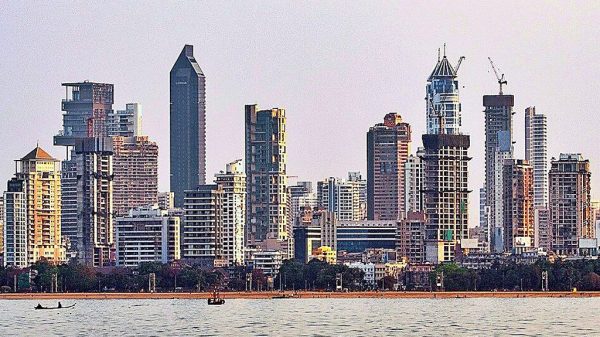
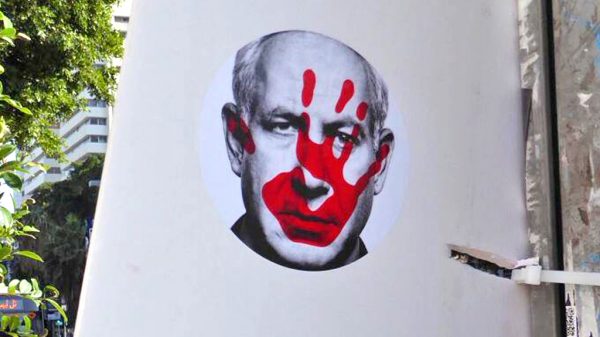
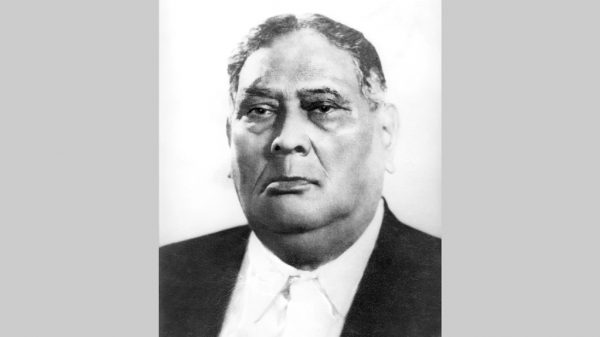
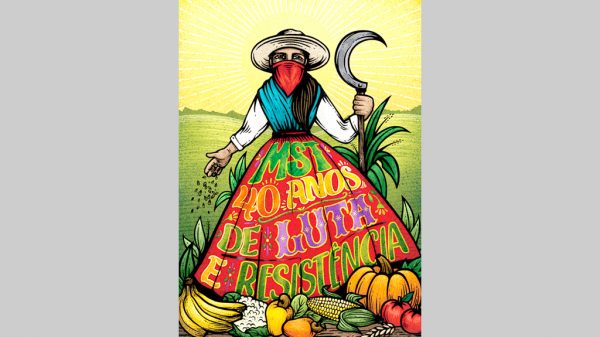
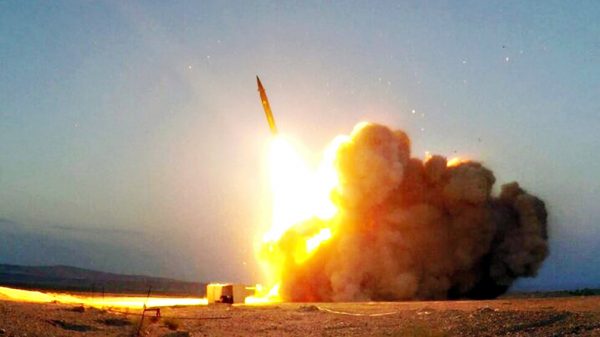
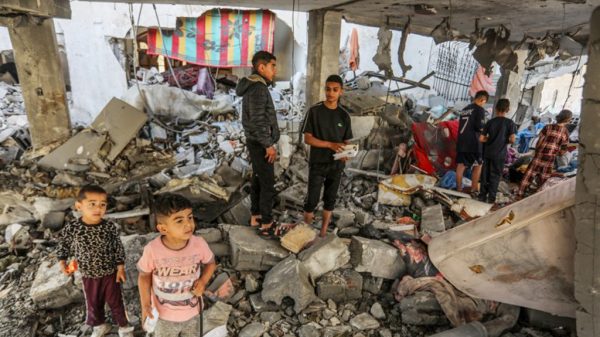
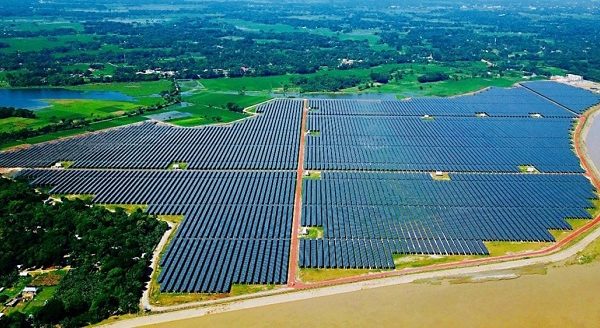


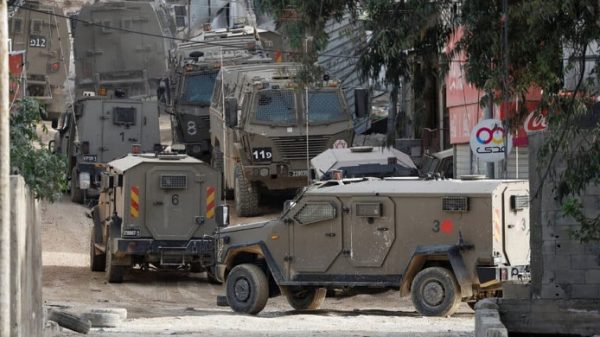
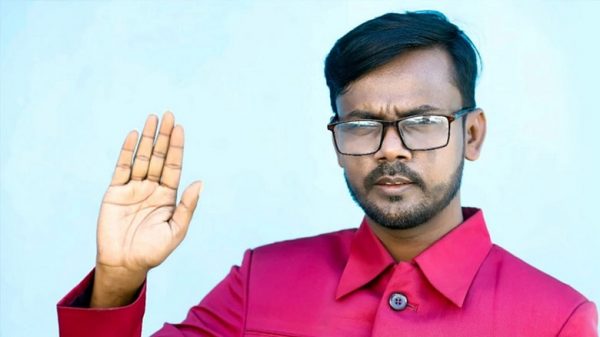
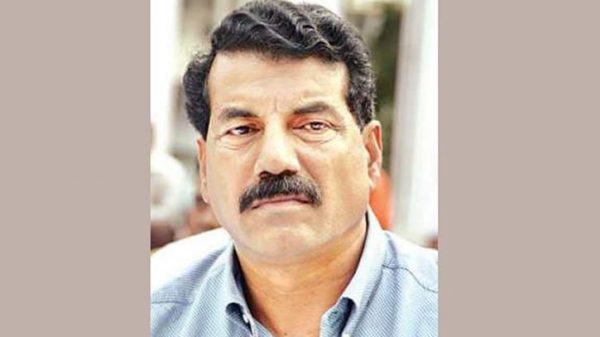

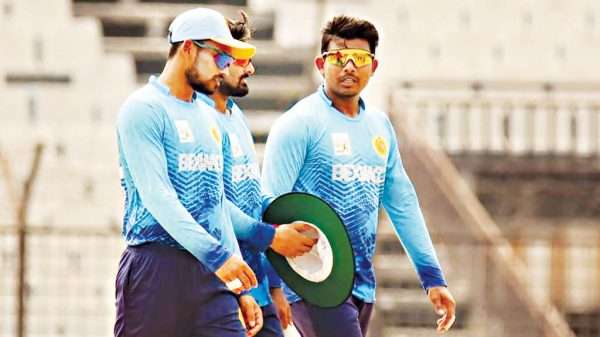
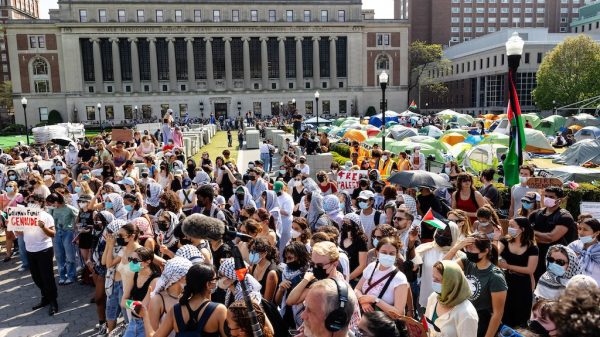
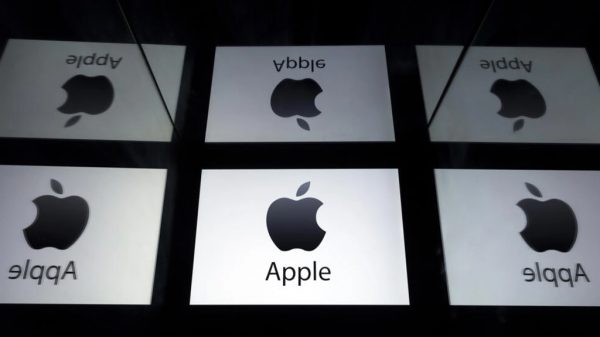











Leave a Reply